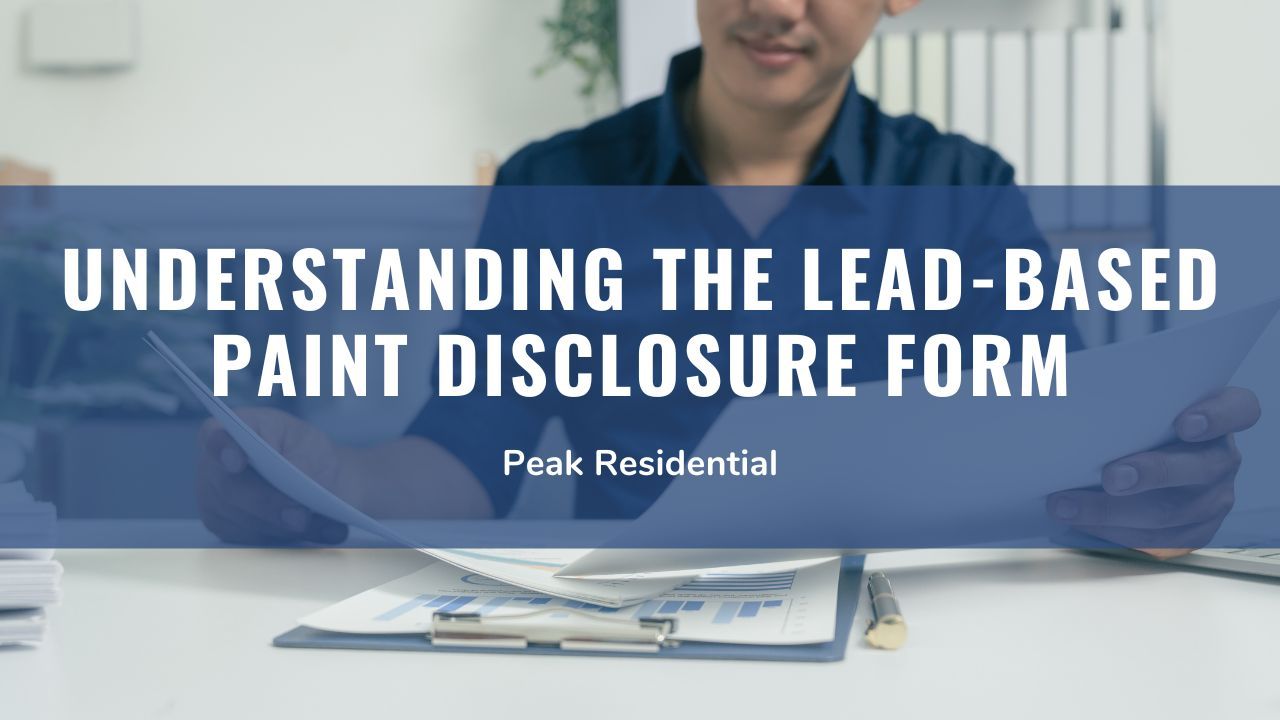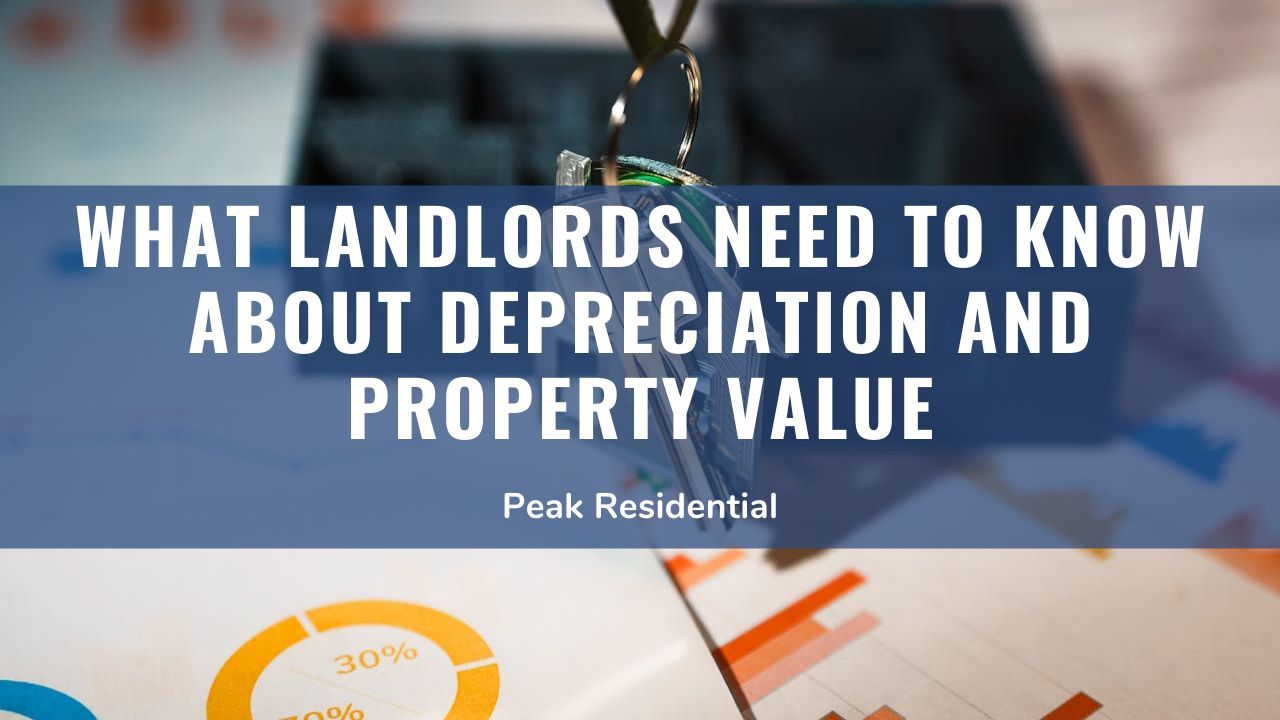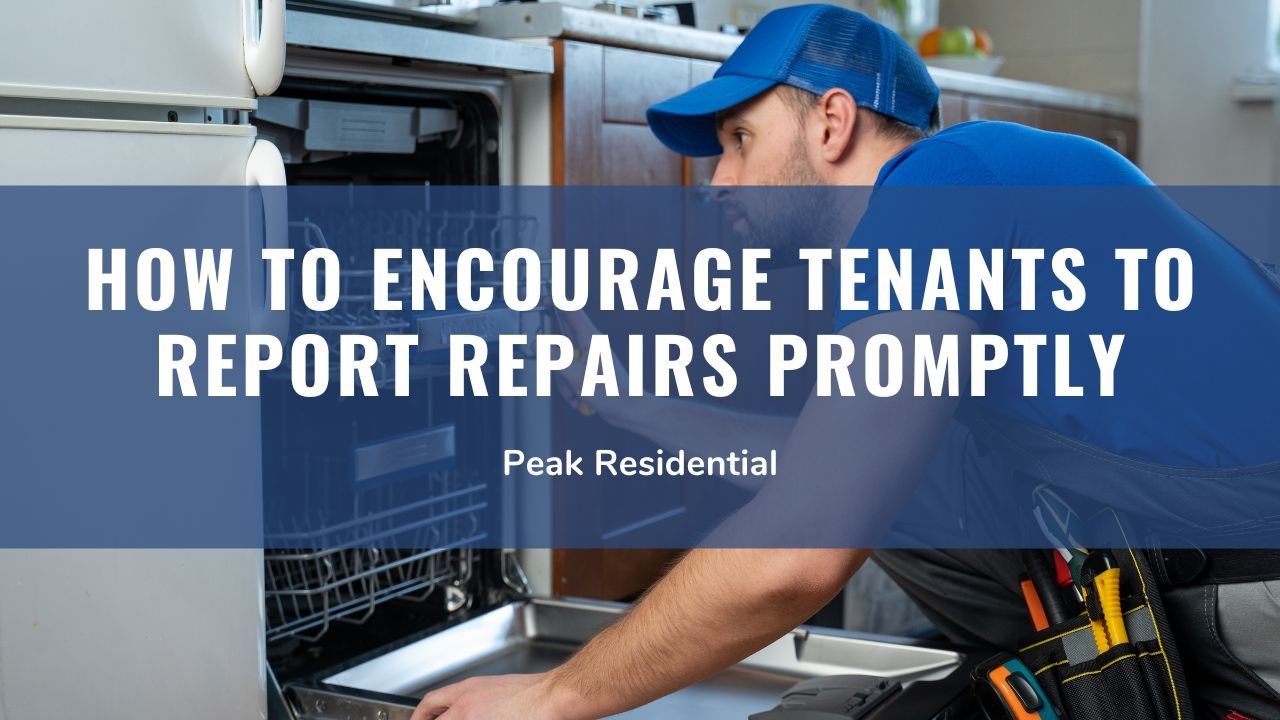
No matter how well you maintain your rental property or the quality of the tenant you fill your unit with, your rental property is bound to undergo some form of degradation over time. This common type of rental damage is known as “normal wear and tear.”
Normal wear and tear, or “reasonable wear and tear”, refers to damage that occurs as a result of occupation by a tenant. It’s normal and doesn’t occur as a result of a tenant’s abuse or negligence. So as a landlord, this type of damage is solely responsibility to fix.
Sometimes, though, it isn’t always easy for a landlord to tell the difference between normal wear and tear and real negligent damages. This may explain why security deposit deductions are usually the #1 cause of conflicts between landlords and tenants.
In today’s article, we’ll show you the difference between normal wear and tear and damage. With this knowledge, you’ll be able to know what and what not to pull from a tenant’s deposit.

What is Normal Wear and Tear?
Generally speaking, normal wear and tear refers to the expected deterioration that a dwelling undergoes with time. Of course, in any property, certain appliances, fittings, or fixtures will naturally decline due to everyday use.
For example, it’s typical for tile floors to discolor slightly simply from being walked on every day, regardless of how clean a tenant maintains the unit. Another example would be carpet flooring. According to HUD (page 57), landlords should expect a carpet in a rental property to last up to five years.
The following are examples of normal wear and tear on a rental property:
- Cracking, fading, or peeling of paint.
- Fading wallpaper.
- Sticking of doors due to humidity or structural issues.
- Cracking of windowpanes due to structural issues.
- Fading of the carpet due to sunlight exposure.
- Loosening of grout in bathroom tiles.
- Wearing out of enamel in sinks, bathtubs, or toilets.
- Clogging of sinks due to aged plumbing systems.
As a point, it would be illegal for you to change your lease agreement so that your tenant is responsible for wear and tear.
What is Unexpected Property Damage?
On the other hand, unexpected damage occurs as a result of a tenant’s abuse or neglect. It impacts on a unit’s normal functioning, usefulness, and value. For example, you wouldn’t expect missing or cracked tiles to occur from normal, everyday use.
In other words, unexpected damage doesn’t occur organically or naturally. It usually results from a tenant’s negligence, carelessness, abuse, or misuse.
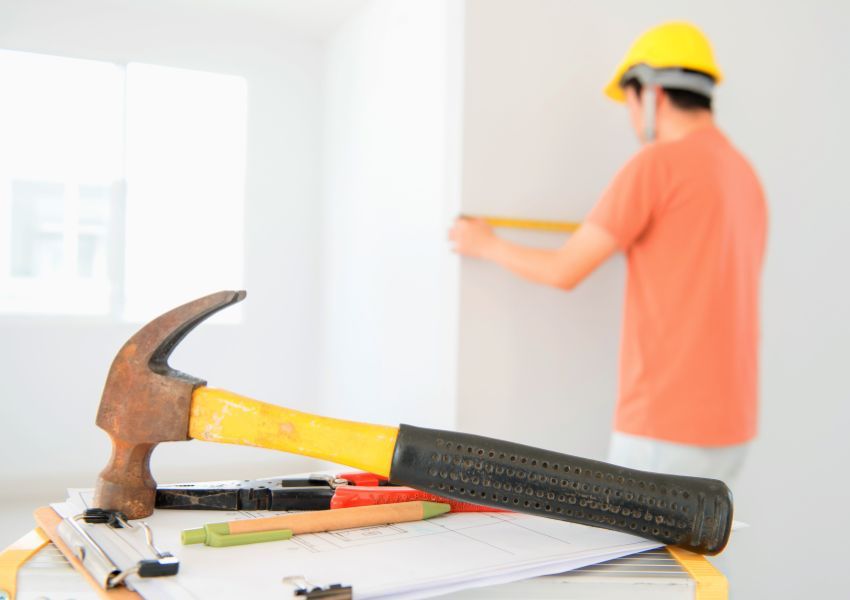
The following are examples of unexpected property damage in a rental property:
- Illegal property alterations, such as unapproved wallpaper or paint work.
- Burns in a carpet flooring.
- A missing hardwood board or a missing tile.
- Chips in the flooring.
- A missing door or window.
- A broken window or a missing window latch.
- Broken enamel in a bathtub or sink.
- A clogged toile due to improper use.
- A broken appliance.
- Holes in the wall.
- A missing piece of furniture (if provided).
Under the warranty of habitability, landlords have a responsibility to provide their tenants with a safe, healthy, and structurally sound units. In the state of California, the “implied warranty of habitability” is primarily governed by CA Civ. Code § 1941.2. The following are some of the responsibilities you have under the code.
- Providing working smoke detectors.
- Providing fire exits that are safe, usable, and clean.
- Ensuring floors are safe and in good working condition.
- Ensuring the railings and stairs are safe.
- Providing working electrical and plumbing systems.
- Providing a working heating and ventilating system.
- Ensuring availability of hot and cold running water.
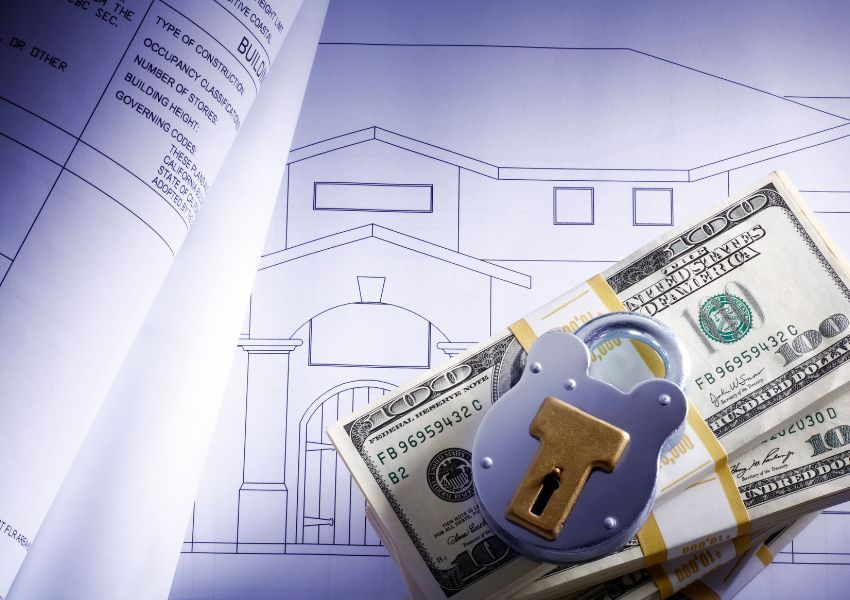
Can Landlords Make Deductions to a Tenant’s Security Deposit to Cover Damage?
Yes! You may be able to make deductions to your tenant’s security deposit for any damages exceeding normal wear and tear. You must then provide your tenant with an itemized statement indicating the deductions made within 21 days of them moving out.
How Can Landlords Minimize Damage to their Rental Unit?
As a landlord, you may be able to minimize damage to your rental unit by making use of the following tips.
Documents Your Property’s Condition
When the tenant is first moving in, conduct a move-in inspection. This will help both you and your tenant document any existing conditions. Repeat the same process when the tenant finally moves out using a move-out inspection checklist.
If there is no damage exceeding normal wear and tear after the tenancy, then you cannot make any deductions for repairs. But if there is, then you may withhold an appropriate portion and then create an itemized statement.
Screen Tenants Thoroughly
This is the best way to avoid negligent tenant damages, as well as rent payment issues and complaints. A thorough tenant screening process is one that examines tenants on the basis of their:
- Credit rating
- Level of income
- Employment history
- Rental background
- Criminal status
Hire a Property Management Company
When starting out as a landlord, you may not know how to find great tenants, maintain your property, or how well to collect rent, among other things. That’s where a property management company comes in.
A good and experienced property management company will help you sort out such issues. They will have effective marketing strategies, thorough tenant screening procedures, streamlined rent collection systems, and have a good understanding of the California landlord-tenant laws.
Bottom Line
As a landlord, it’s important to know what constitutes normal wear and tear, and damage. This will help you understand your repair and emergency maintenance obligations, as well as avoid potential conflicts with your tenant.
If you have a question in this regard or need expert help in the management of your Sacramento rental property, Peak Residential can help. We have been serving the Sacramento area since 1982!
